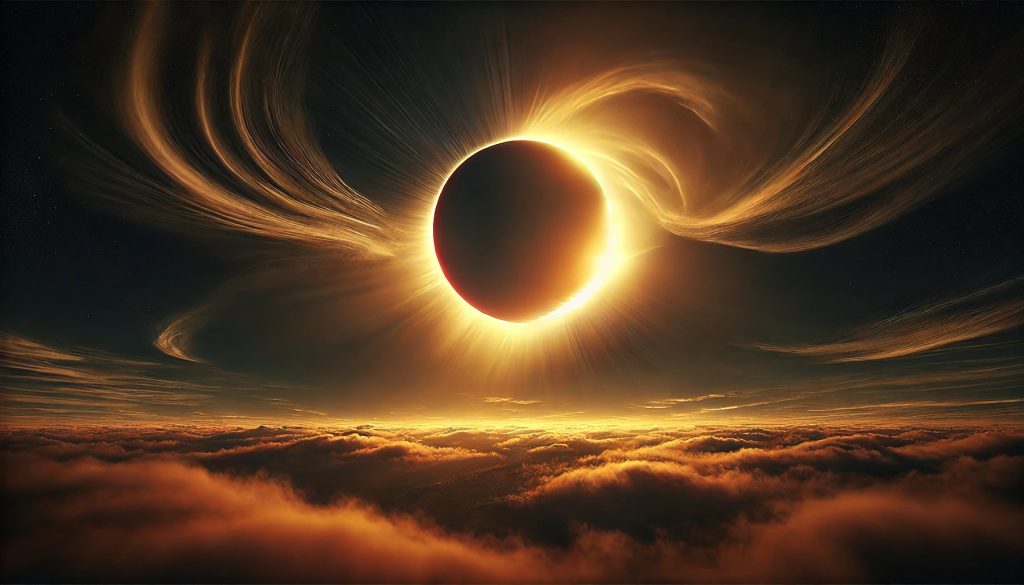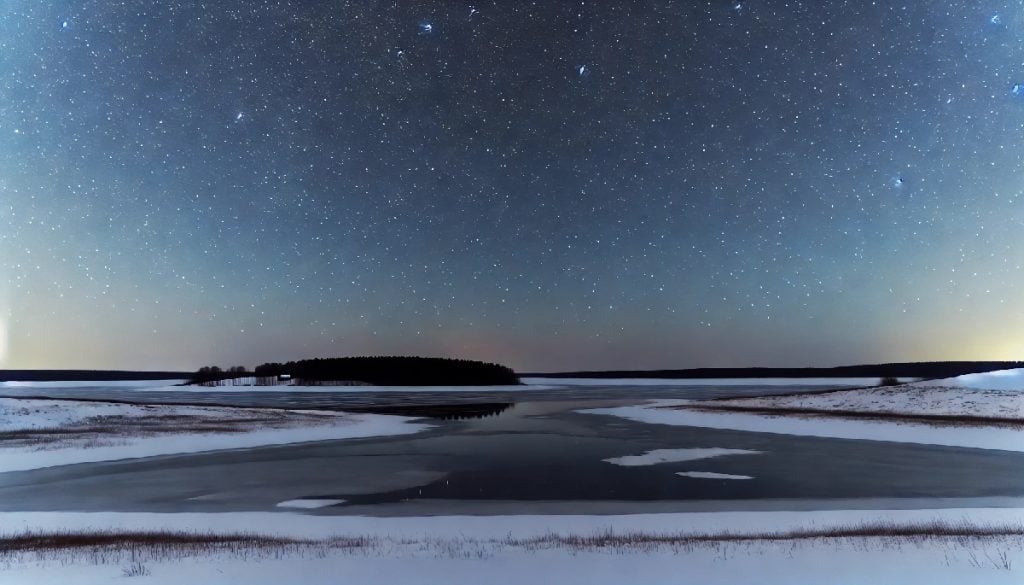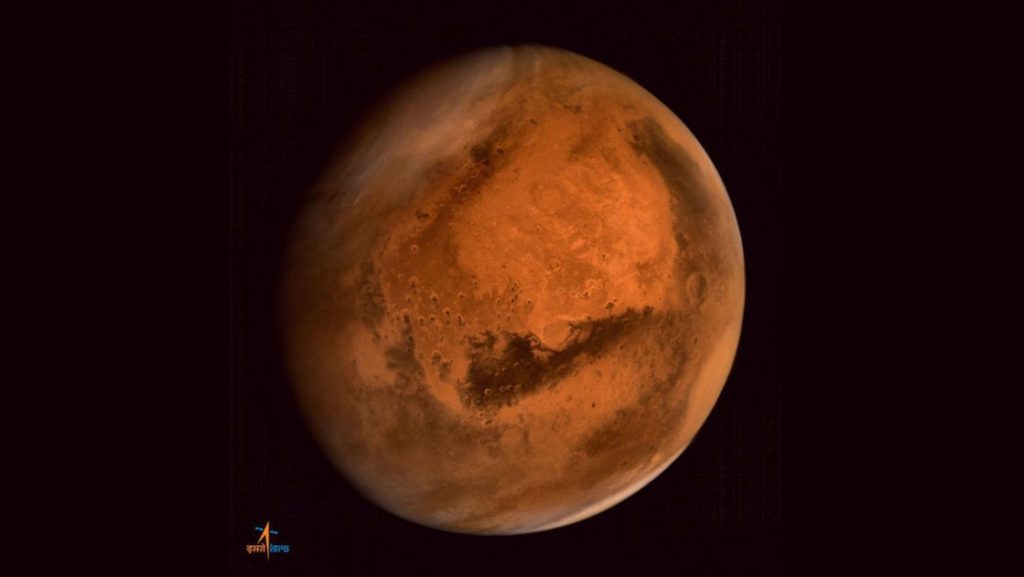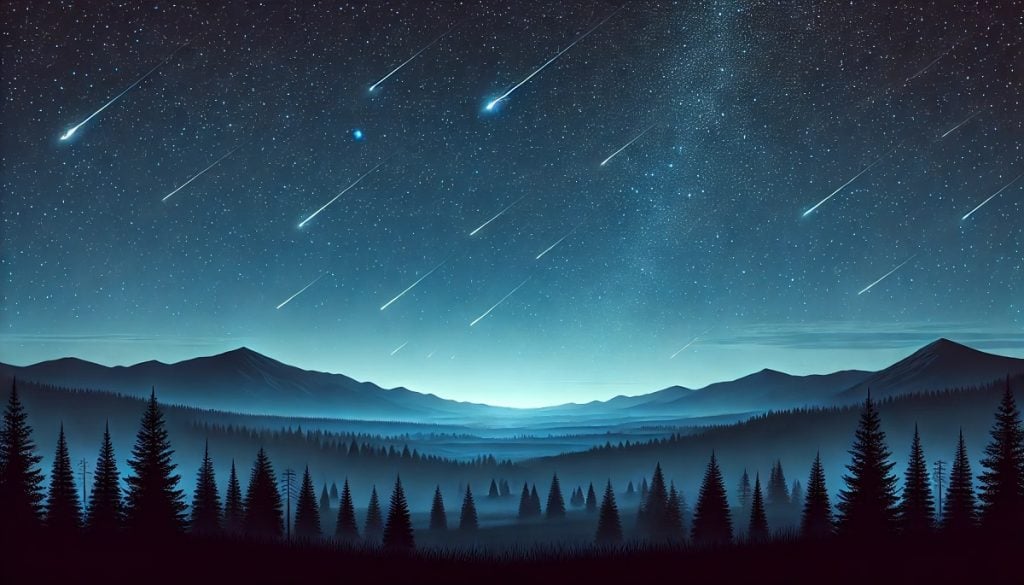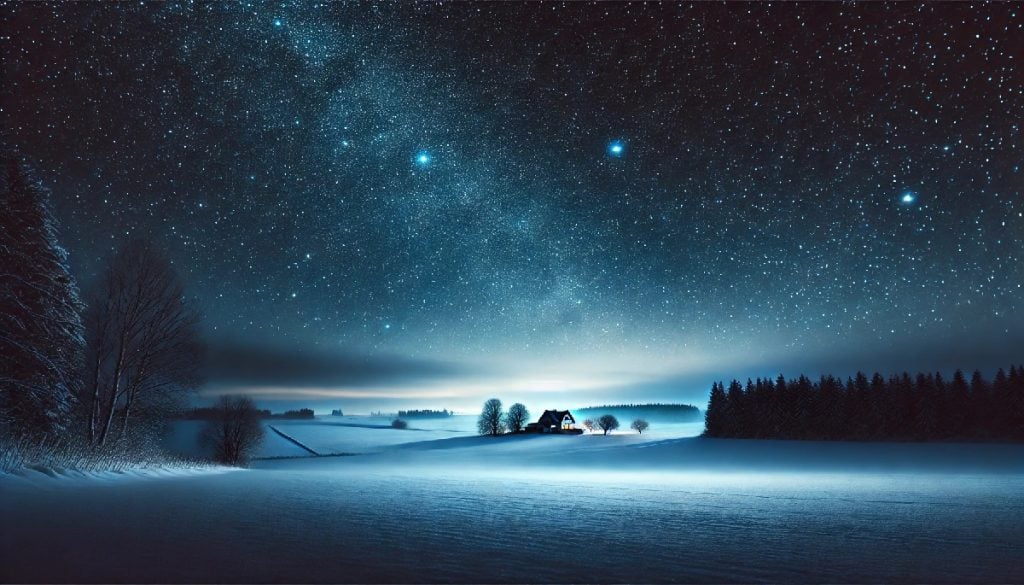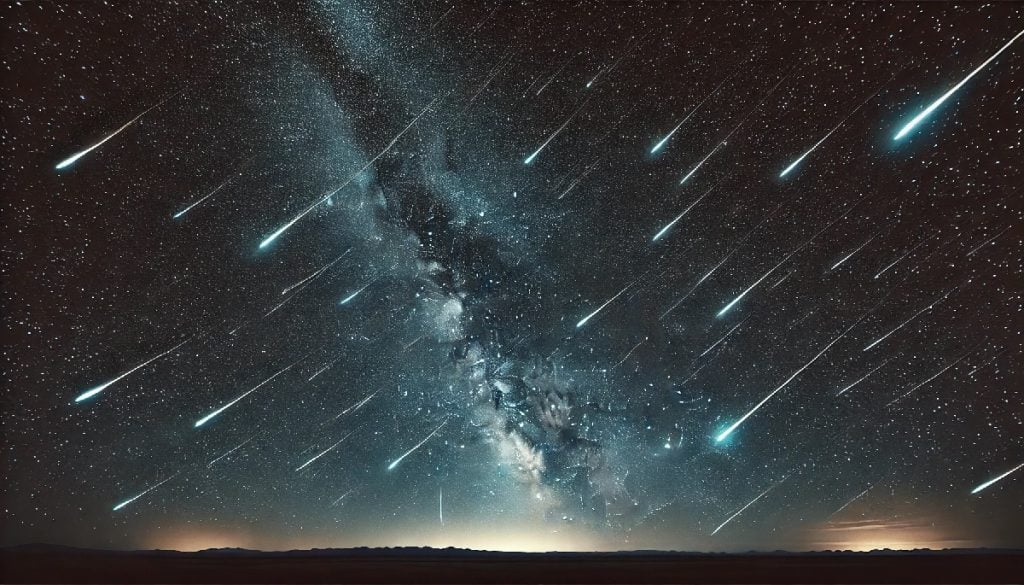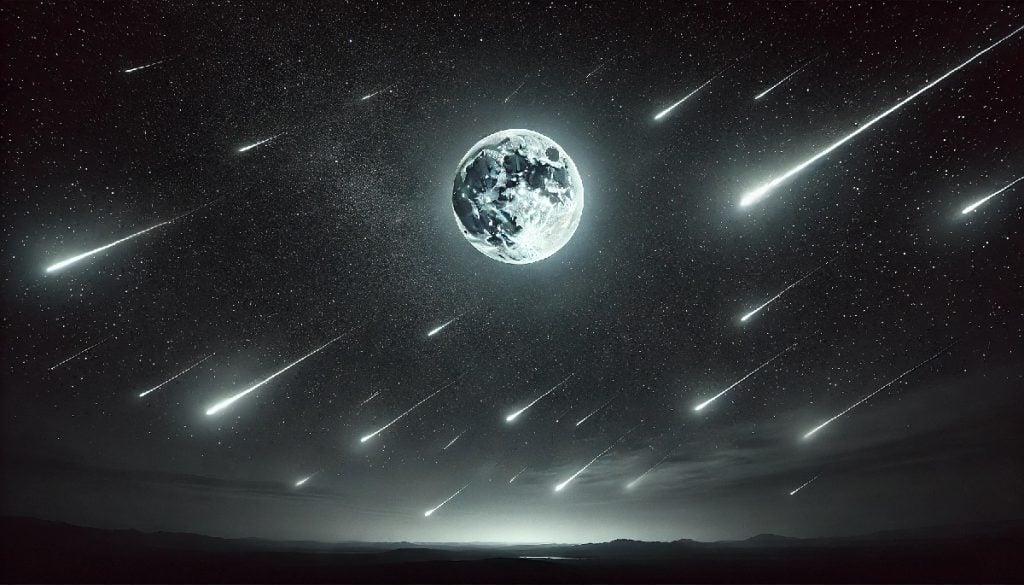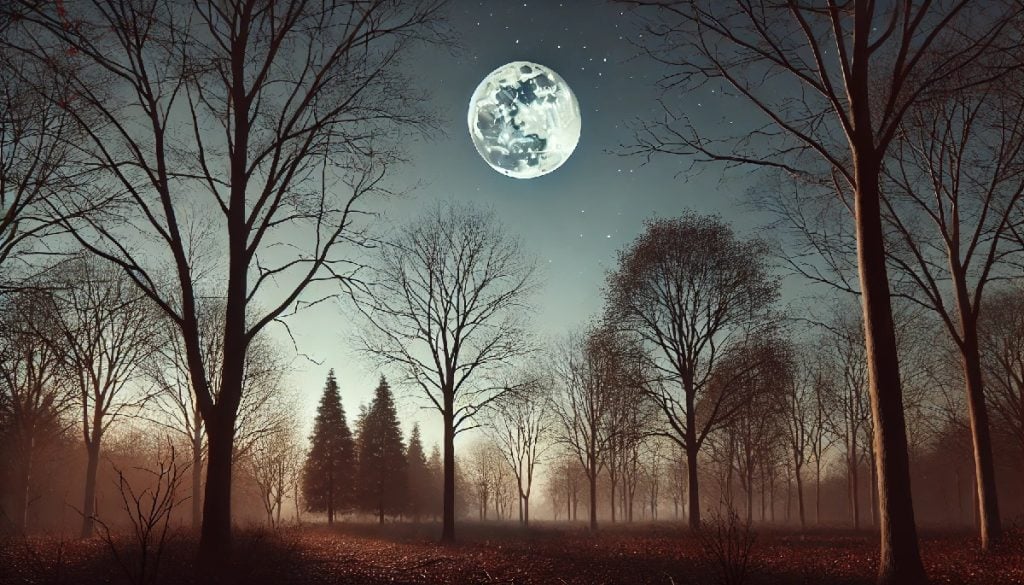April 13, 2025 Full Moon: The Pink Moon and the Start of Spring
On April 13, 2025, the full moon will grace the night sky, reaching its peak illumination at 00:24 UTC. This celestial event, occurring as the Moon stands directly opposite the Sun, marks a significant shift in the seasons, symbolizing rebirth, renewal, and growth. Known by many names, including the Pink Moon, Sprouting Grass Moon, Growing […]
April 13, 2025 Full Moon: The Pink Moon and the Start of Spring Read More »


